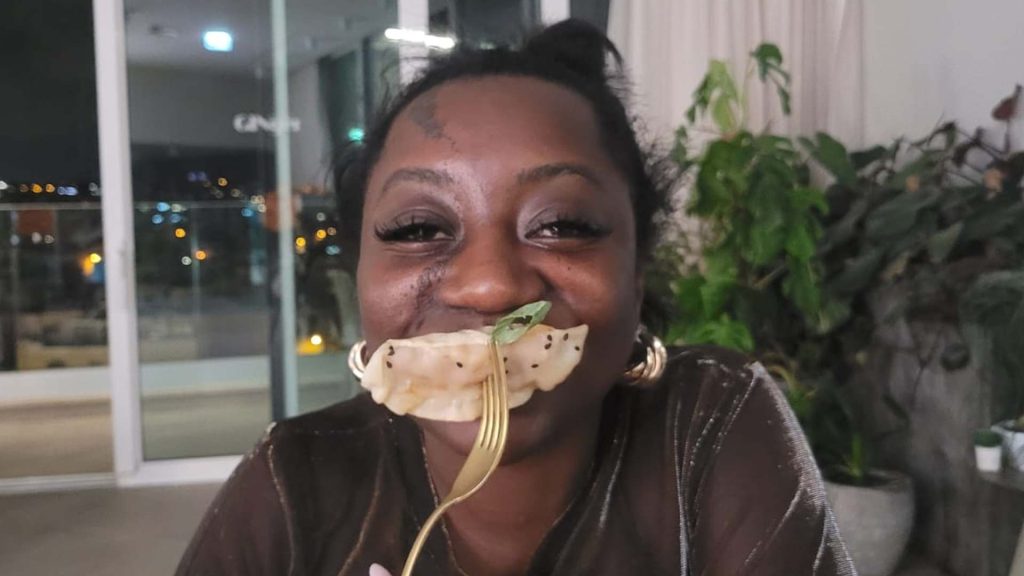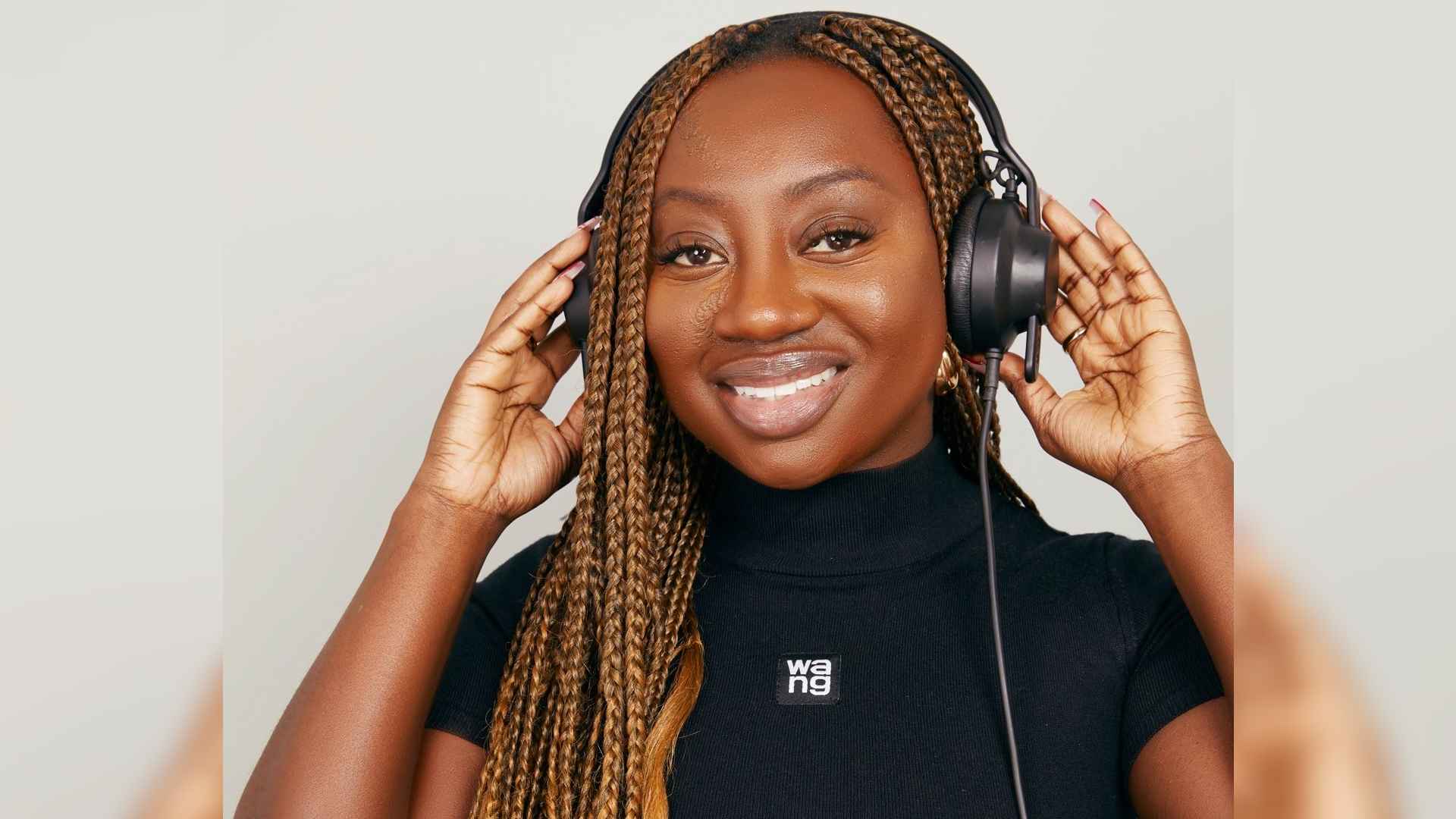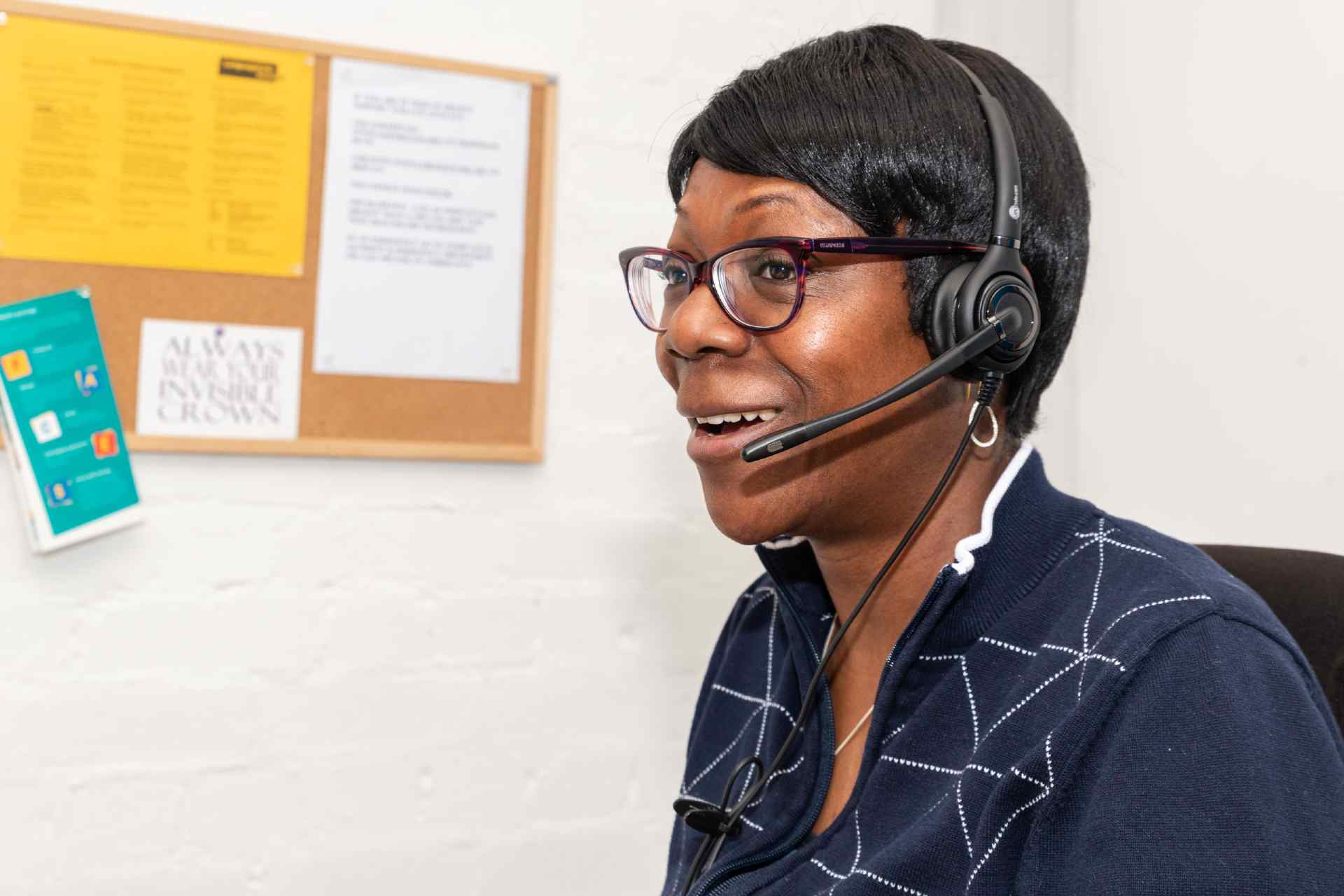I’m Sandra Omari, and I have a birthmark on my forehead and nose, which I developed as a toddler. While the majority of people are born with birthmarks, hence the name, it is possible for them to be delayed in appearance.
At around two years old, my parents noticed a small mark on my forehead which was growing in size. The doctor wasn’t sure what it was at first, but concluded that it was a delayed birthmark and sent us on our way. They told my parents that it should be left for now, and that I could explore my options when I get older.
We never really spoke about my visible difference as a family. I was aware I had it, but no one seemed to want to mention it. I know my parents were trying to protect me, but it was odd not having anyone acknowledge my difference when it was a core part of me.
When I look in the mirror, I’m completely happy with the face I see.
During my childhood, I would overthink my birthmark, questioning “why my face of all faces?”. I didn’t know anyone else with a facial birthmark, or any other kind of visible difference, and it made me feel quite alone. If people were willing to speak to me about it, maybe I wouldn’t have had this internal struggle, and I’d have found my confidence much sooner.
I felt like I was in a protective bubble, both at home and at school, where my birthmark was invisible. I was always quite popular at school, and my birthmark was never brought up. However, when I left that bubble, that’s when I’d start to receive comments. One incident I remember vividly from my childhood is playing on a playground, and a boy was being so horrible to me. I remember him saying I wasn’t allowed on the slide because of the “disease” on my face. My cousins immediately jumped in and stuck up for me but, even after all these years, I will never forget how low I felt in that moment.
In the first year of high school, my mum noticed how much these types of ignorant comments from outsiders were impacting me. That’s when we found Changing Faces. I went to two workshops and made friends with the other kids there. I finally had people to relate to. People who knew what it was like to operate and stand out in a world full of “normal” faces. This gave me a huge boost and helped me to be more prepared for the outside world. I no longer felt alone.

Sandra has learnt to love herself exactly as she is
It hasn’t been all smooth sailing though. My birthmark is raised and textured, so it can’t easily be covered with makeup, and I don’t really try to cover it. There was a time when I tried to use special corrective make-up, but as my confidence has grown, I don’t see the need for this anymore. My last memory of me being self-conscious in regard to my birthmark is maybe five or six years ago, when a guy said to me “you’re lucky I’m even interested in you with that thing on your face” after I’d told him I wasn’t interested in him. To try and help my self-esteem, I went to see a plastic surgeon to see if my birthmark could be removed.
I’m a DJ and presenter, and knew that as I entered the media world, I’d potentially be on camera and in the public eye. I didn’t want my difference to hold me back. After laser treatment didn’t work, I discussed the option of a skin graft with my plastic surgeon. However, we came to the conclusion that this would be more obvious than my birthmark is to begin with, and that I’d just have to accept it. This almost came as a relief to me. Knowing that this is what I look like, and will always look like, gave me the power to overcome my insecurities. Now if I ever were to receive any ignorant comments, I would definitely see them as pathetic. It must be a sad life to get a kick out of pointing out something that a person cannot change about themselves.
You have one life, so don’t be afraid to live it how you want to. Pursue your dreams and go after what you want.
I’m so proud that I’ve achieved this level of self-acceptance. I am who I am, and I love that. When I look in the mirror, I’m completely happy with the face I see. This confidence has allowed me to thrive in my career as a DJ and presenter, and I’ve had people tell me that they were inspired to start DJing because of me. It’s an incredible feeling to know you’ve helped someone follow their dream.
In the future, I hope visible differences are spoken about more openly. Keeping it hidden or ignoring them is so much more damaging than having honest conversations. It can create a sense of shame, even if the intentions are good. I think I would have fared better if people had (politely) asked questions and not treated my birthmark as a taboo subject.
The Changing Faces workshops were so helpful when it came to boosting my confidence, so it’d be great to have more support groups like this for children with visible differences. I hope to be more involved in projects that can help people find their confidence.
For anyone with a visible difference who is struggling, I would say remember that any negative comments you receive speak more about the person saying them than they do about you. Learn to love you – outside opinions don’t matter. You have one life, so don’t be afraid to live it how you want to. Pursue your dreams and go after what you want. Don’t let anyone or anything hold you back.

